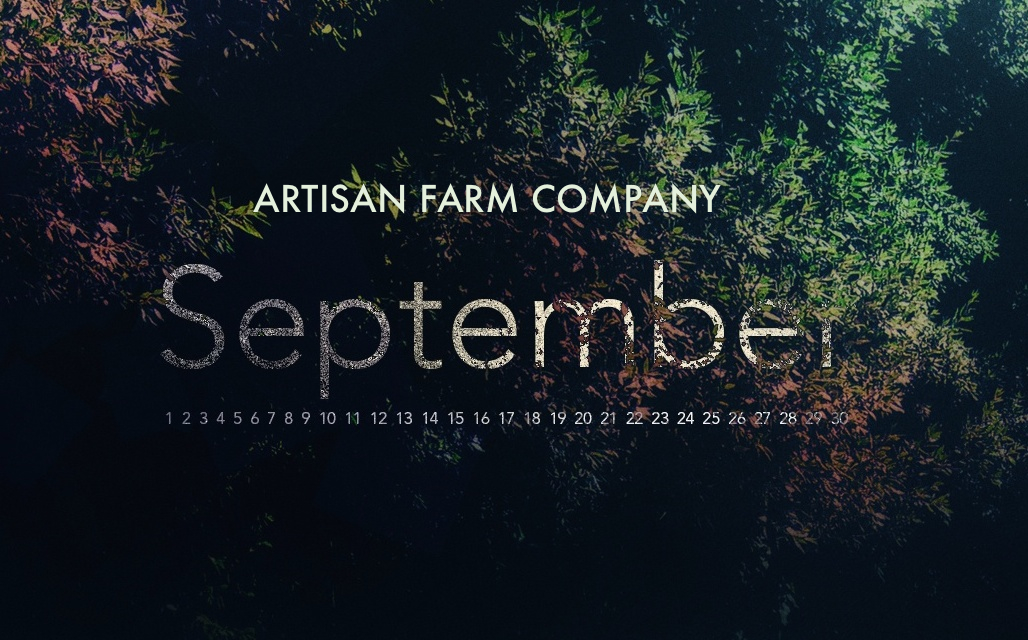This month we are going to talk about the potato? WHAT? Yes… our best friend, and worst enemy… “THE SPUD”. Why they are important, why they get a bad wrap; hanging out with those no good carbs… and how you can do, some amazing things with a potato.
Potatoes were originally discovered; surprisingly in The Andes Mountains, and were spread around the globe by Europeans, exploring, and searching the world. Now I know what you are thinking… Potatoes… are these not the food of ‘Merica? Well shockingly, our friend is mostly produced, for global consumption in India, and China.
What makes the potato so special, that I would spend time writing about it? Well potatoes are calorie crammed (making them great for if you are starving, and providing you plenty of energy), packed with vitamins, and minerals (Vitamin C, Potassium, Vitamin B6, and Fiber), and they are crazy easy to grow. Oh… I forgot to mention… DELICIOUS!
So… there is you science lesson for the day… You are welcome! Lets talk about planting, and growing potatoes. Potatoes can be planted two different types of ways: tubers, and by seed. The first being the easiest way, so we are going to stick with tuber growing today.
“Hey… look at my eyes!” Those eyes you see on potatoes are actually a start of a potato plant. And when you left potatoes in the fridge for too long, you will noticed they will sprout. That is the beginning of a new potato plant. But be advised, while you MAY use a potato from the supermarket, there are special potato starts, available from your local nursery. These are grown specifically for starting new potato plants. And thus are less susceptible to disease, fungus!
Okay… enough already dude. Lets grow. The best way to grow your potatoes are in something called a potato box. This is a designated planter, just for potatoes. This is as easy as four square feet. A 2’x2’ box, that will yield you over 100 pounds of potatoes. Spuds are a cool weather crop… which means we are giving you this information JUST IN TIME! Build you a 2’x2’ wood square, made out of untreated wood. And plant nutrient rich, loose soil. For potatoes I like to do mine in 50% Potting Mix; which is well draining, loose, and fluffy. And the other 50% in pure compost (animal manure free). Providing plenty of nutrients for our starchy friends. Once you have obtained some starter tubers. Plant these bad boys in your fertile soil, and water. That is it… OH NO IT IS NOT! As your potato plants grow they will get taller. As all plants do. Once they have grown taller than the top op your box shape… You need to add a second tier to your box. And add more soil mixture. And so, on, and so on. Additionally adding layers to your boxes, as the plants grow taller. You will not see it, but deep in this tower, are wonderful potatoes, that are waiting for you. I never let my boxes get higher than chest high or 5’ tall. Once you have reached this height… It is time to harvest!
So… lets talk about harvesting… so we can move on to eating! Once the plant has started to die back… start removing layers of your potato box, one layer at a time. As long as your potatoes are not green, they are ready for consumption. (Green potatoes means the presence of poisonous solanine). When you discover your spuds, in the soil, place them gently in a bucket for cleaning, making sure not to break the skin. If you break the skin, you need to eat them soon. Next… clean them off with warm water, and set them out to dry. Potatoes will keep for a very long time. Now you may store them. Potatoes like cool, dark, and humid locations. I like to store mine in a bin in the garage. Some potatoes will keep up to 200 days. All you need to do is be checking on them frequently, to make sure they have not gone bad. About every three days.
You did it… you now have all the skills to grow your own potatoes. Comment below, and follow us on Facebook, Twitter, Instagram, Pinterest, and Snapchat. Let us know how your potatoes turned out. Or if you have any questions… Keep urban farming friends. All the best.
- ARTISAN FARM COMPANY | PORTLAND
Oven French Fries
Ingredients:
Non-Stick Cooking Spray
Several Large Potatoes
Procedure:
Wash, and dry the potatoes. And pre-heat your oven to 450 degrees (fahrenheit). Cut the potatoes into 1/4" strips. Spray liberally with non-stick cooking spray, and season with sea salt. Place on a flat baking sheet in the oven. Cook for 25 minutes, turning them over after the first 10 minutes, for an evening browning. ENJOY!





















